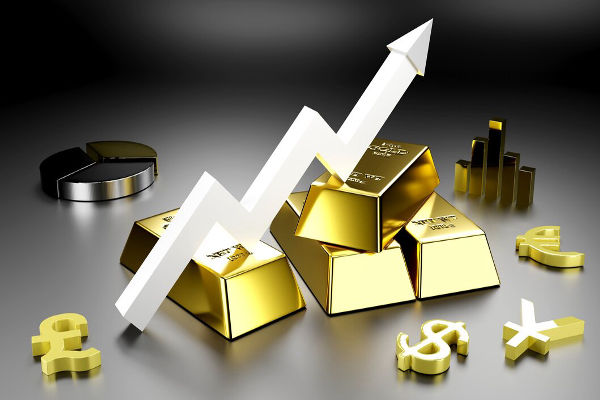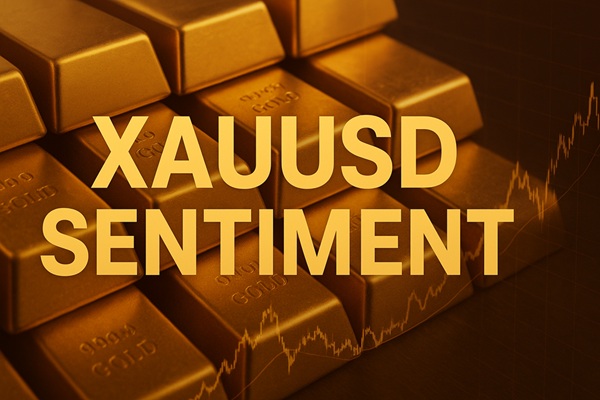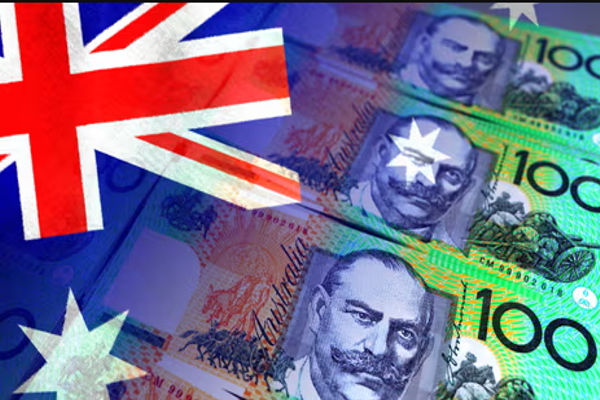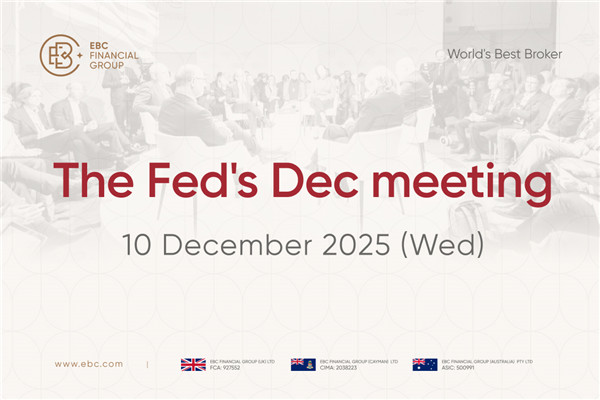Gold prices are making headlines again, climbing to near-record highs in mid-June 2025. Investors around the world are asking the same question: why is gold price increasing again?
The answer lies in a combination of global uncertainty, persistent inflation, shifting central bank policies, and robust institutional demand. As traditional markets waver and geopolitical tensions escalate, gold is proving once more that it's more than just a shiny metal; it's a barometer of fear, risk, and long-term value.
In this article, we break down the key forces pushing gold prices higher today and what they mean for the months ahead.
Gold Price Status: Where We Stand Today
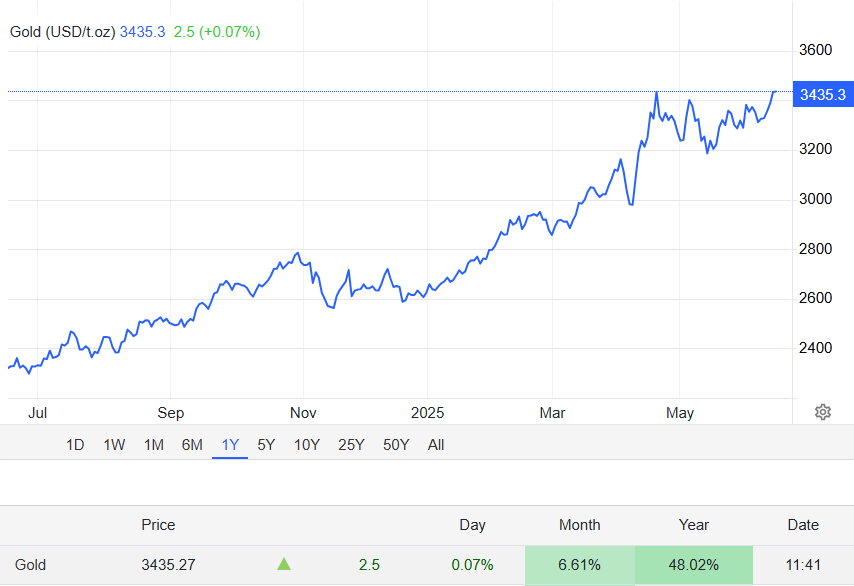
As of June 16, 2025, global spot gold is hovering around $3,440 to 3,445 per ounce, up roughly 0.4% from the previous day, holding near record highs after modest gains following geopolitical jolts.
For additional context:
June 16: $3,441.76
June 15: $3,443.96
June 14: $3,433.20
June 12: $3,385.89
These reflect a cumulative weekly rise of around 1.6%.
Over a broader span, gold surged from about $2,063 in January 2024 to today's mid‑$3,400 level, a rise of nearly 62% year-over-year and 93% since June 2020.
Additionally, 22 K gold reached ₹100,000+ per 10 g in India due to mounting safe-haven demand.
Why Gold Price Is Increasing Today? 5 Factors Explained
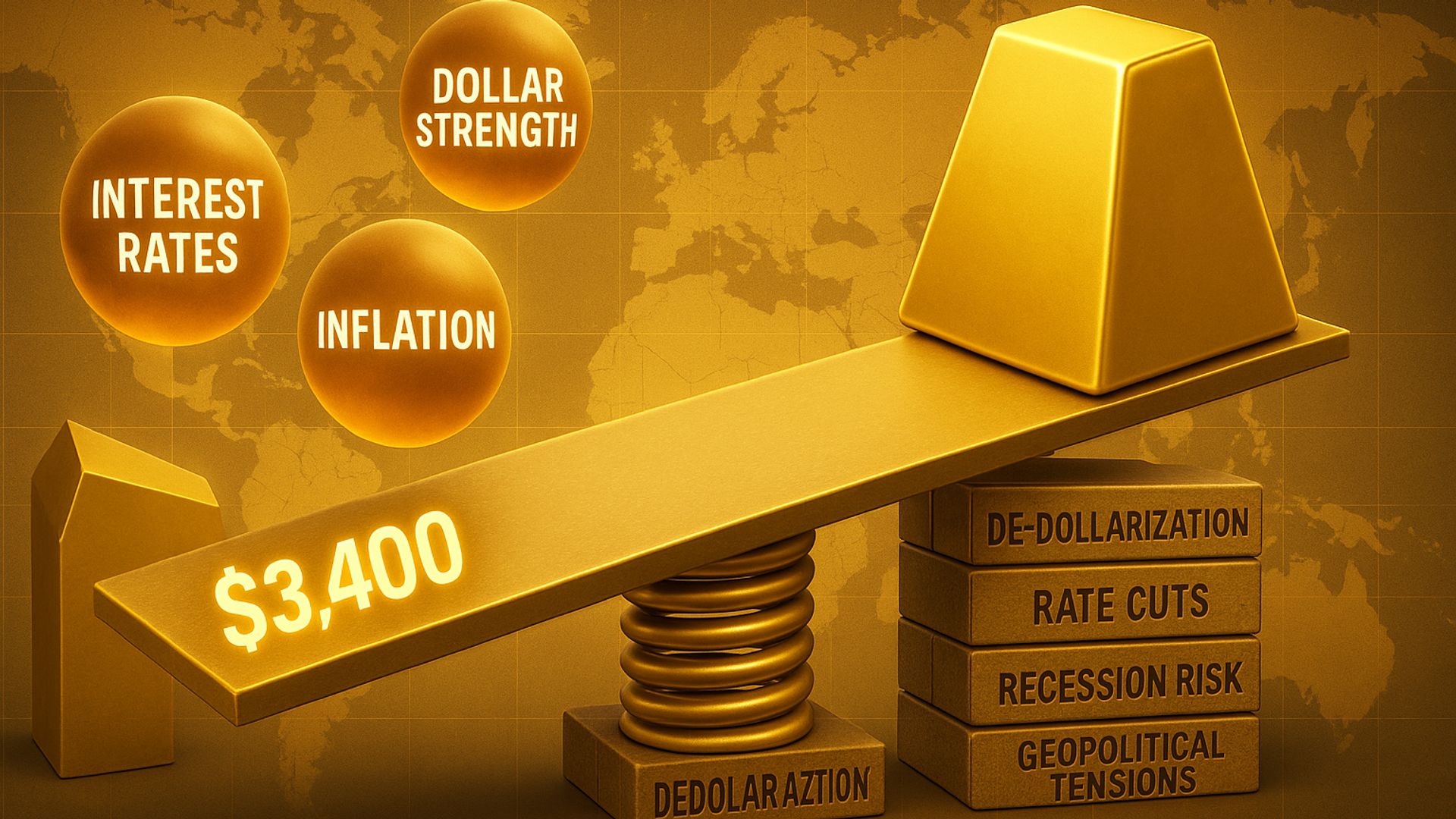
1. Geopolitical Turbulence Sparks Safe-Haven Flows
Tensions between Israel and Iran, especially fears of supply disruption in the Strait of Hormuz, have driven investors toward gold. Today, amid heightened conflict, gold rose to $3,435.50 as markets sought safety.
Such conflict risk routinely boosts demand for gold as a secure store of value. In recent times, instability in areas such as Ukraine and Gaza trade conflicts has consistently increased gold's attractiveness.
2. Inflation and Central Bank Policies
May CPI data revealed persistent inflation—core CPI at 3.2%—raising expectations that the Fed will hold interest rates steady rather than cut prematurely.
Because gold doesn't yield interest, rising rates typically weigh on its price. But when inflation remains sticky, and rate cuts are delayed, holding gold becomes more attractive for investors hedging against eroding real returns.
3. Dollar Behavior and Broader Financial Conditions
Despite the U.S. dollar index sitting around 98.25, slight rises in the dollar amid global risk haven demand haven't undercut gold. Usually, gold and the dollar move inversely—but in stress scenarios, both can climb simultaneously, reflecting systemic risk rather than currency plays.
At the same time, increasing oil prices—spurred by the Middle East conflict and up approximately 13% last week—have intensified inflationary pressures, making gold a more attractive safeguard.
4. Rising Institutional & Central Bank Demand
Data indicates that central bank demand is surging: China added around 2.2 tonnes in April, and its PBoc reserves now total ~2,295 tonnes, marking six consecutive months of net additions.
Meanwhile, other governments like India and Russia continue accumulating gold as a strategic asset. World Gold Council data (June 9) reveals hefty ETF inflows and central bank holdings, supporting price momentum.
5. Supply Constraints & Physical Market Strength
Global gold mine output gradually rose through early 2025 but remained insufficient to match demand. Meanwhile, physical bullion demand—especially in Asia—has been robust.
For instance, Hong Kong saw daily imports triple in April, with 58.6 tonnes compared to March. Mining costs have also spiked due to higher energy and labour expenses triggered by macro volatility, further straining supply responsiveness.
Near-Term Forecasts & Experts Outlook
Major financial institutions have issued bullish forecasts. Goldman Sachs lifted its 2025 year-end target to $3,700/oz, warning of higher levels amid recession fears.
UBS, Bank of America, and JP Morgan similarly project prices between $3,500 and 4,000/oz by late 2025 or mid‑2026.
These projections assume continued central bank purchasing, limited Fed rate adjustments, and ongoing geopolitical volatility.
What This Means for Investors
A few takeaways:
Gold's current ascent stems from overlapping factors: geopolitical stress, inflation pressure, institutional demand, and constrained supply.
As a hedging and diversification tool, gold's strength right now validates its role—especially since stock and bond markets recover less if conflict persists.
Technicians note that sustained trading above $3,425–3,450 could open the path to $3,700 or even $4,000.
However, sharp corrections are possible if tensions ease, inflation cools, or central banks pivot faster than expected.
Conclusion
In conclusion, gold's surge today stems from a confluence of geopolitical unrest (Middle East), sticky inflation, steady monetary policy, institutional demand, and constrained supply.
The inflation‑safe haven nexus, coupled with central bank buying and ETF momentum, positions gold for possible fresh highs this summer. The $3,300–3,500 range is now a pivot zone: breakouts may lead toward $3,700–3,800, while a slowdown in triggers could bring corrections.
Disclaimer: This material is for general information purposes only and is not intended as (and should not be considered to be) financial, investment or other advice on which reliance should be placed. No opinion given in the material constitutes a recommendation by EBC or the author that any particular investment, security, transaction or investment strategy is suitable for any specific person.
